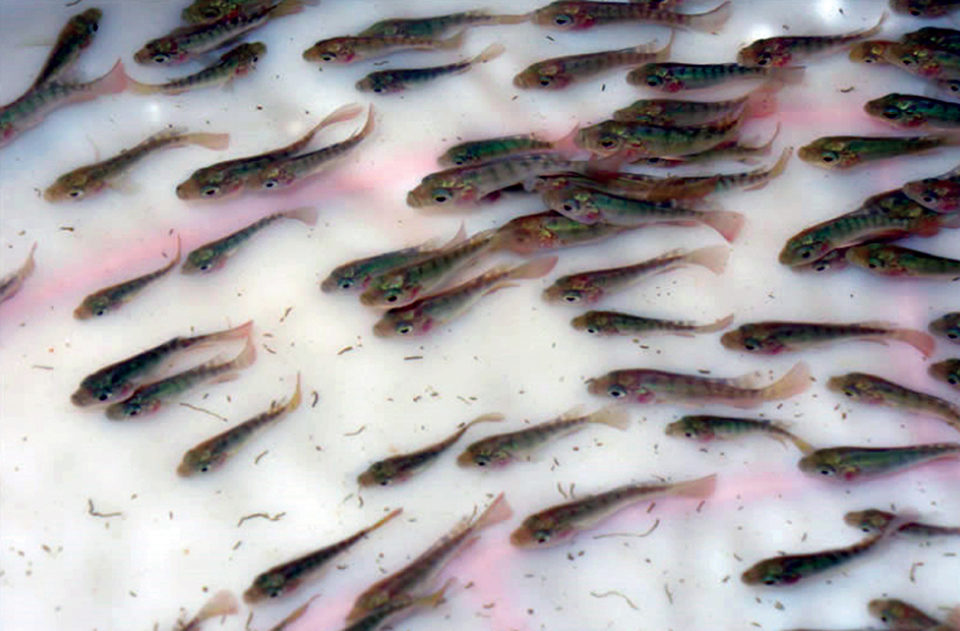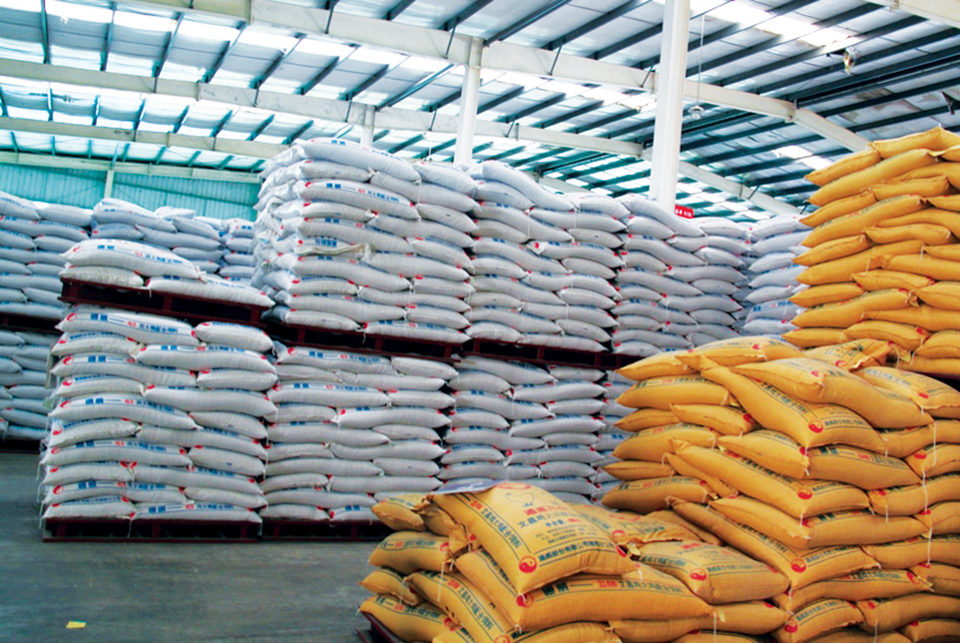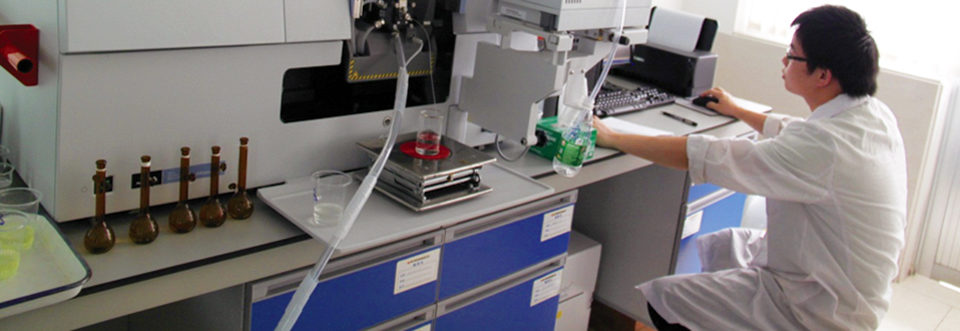Low market prices, other issues challenge as sector seeks sustainability

Global consumption of seafood and associated trade volumes have risen dramatically over the last decade due to rising population, growing affluence and changing eating habits. Today, more than half of all seafood is internationally traded with net transfers from developing to developed countries.
Tilapia is a worldwide fish of great commercial importance. In China, tilapia is an important species with annual production of more than 1.3 mmt, which accounted for about 45 percent of the total tilapia production in the world in 2008. Guangdong, Hainan and Guangxi Provinces ranked top three in annual production in China. However, with over two decades of rapid growth, tilapia aquaculture in China has been facing many challenges in the past years.
Industry study
To better contextualize and understand the sustainability constraints facing China’s aquaculture sector, the authors explored the perspectives of different stakeholders along the value chain over 12 months during 2010-2011. Their study was sponsored by the Sustaining Ethical Aquaculture Trade project, the Science and Technology Commission of Shanghai Municipality and the National Natural Science Foundation of China.
The work included analysis of production trends at national and district levels, a multidisciplinary survey of 206 tilapia farmers and key informant interviews with regulatory institutions and different actors along the value chain. The farm survey, conducted in Maoming and Zhanjiang District in Guandong Province, and neighboring Hainan Province, was stratified according to farm scale and the three most prevalent farming systems: reservoir farming, pond polyculture with carp and shrimp, and (in Maoming only) pond polyculture integrated with pig production.
Farms were classified as large (25), medium (47) or small (134) according to the numbers of full-time salaried employees, ownership, enterprise integration, management characteristics and CIQ certification status – a requisite for selling to processors supplying international markets. Seventy of these farms were revisited in 2011 for further in-depth survey.
Through these activities, the authors summarized that the sustainable development of the tilapia industry mainly depends on the market price of products, disease control, water quality, climate, seed supply and seed quality.

Low market prices
The market price of tilapia has changed drastically over the past few years. In 2009, the market price of 500-g live tilapia from farmers dropped to only 7 yuan/kg (U.S. $0.16/kg). In response, many tilapia farmers began to stock carp or other species instead of tilapia. The culture area in Guangdong, Guangxi, Hainan and Fujian Provinces also declined.
In early 2011, market prices reached 10 yuan/kg, but the situation was still marginal for farmers. Among the tilapia farms visited just after the first harvest, a small number were considering restocking with another species. In 2011, integrated farms were more resilient, with profits from pigs compensating to some extent for the loss from tilapia. But for farmers raising tilapia as stand-alone enterprises, an estimated 50 percent suffered a loss.

Disease
The incidence and severity of disease appears to have increased in recent years. Streptococcus infection and hepatobiliary syndrome are the major diseases affecting tilapia. In 2009 and 2010, farmers linked high fish mortality to the above-average summer temperatures over 35 degrees C in these years. In 2009, more than 50 percent of farms were affected in Hainan, and between July and August 2010, Hainan was also affected. In the summer of 2011, more than 90 percent of the 30 households sampled in Maoming, Guangdong, were hit by disease.
Weather
Extreme weather events have negatively impacted tilapia production in recent years. While high summer temperatures may have increased disease-related losses of tilapia, the very low temperatures at the beginning of 2008 directly reduced tilapia output 25 percent or about 230,000 mt from 2007 levels.
The typhoon that ravaged western coastal areas of Guangdong at the end of July 2010 was believed to have encouraged the spread of disease in October 2010. The typhoon also directly damaged the tilapia ponds and caused the escapes of hundreds of thousands of broodstock and millions of growout fish from the farms. In October 2010, typhoon Megi ravaged Hainan and devastated 80 percent of its farms.

Water management
Water management is another sustainability issue for the tilapia value chain, especially among producers located away from reliable water sources. Probably linked to increasing intensification and the greater use of formulated diets, farmers are attempting to manage their water quality better.
The use of water quality test kits has become common. In spite of this, controlling the primary productivity of water has become a challenge, especially for integrated enterprises. Sufficient water resources are also needed, since in dry seasons, water is also prioritized to rice fields.
Seed quality, availability
Although hundreds of tilapia hatcheries with annual production of billions of fry have satisfied the demand for seed in China, some small-scale hatcheries fail to supply high-quality tilapia seed. The irregular weather patterns have also given rise to seasonal shortfalls in seed. The wet, cold conditions in early 2010, for example, delayed the availability of seed in the Pearl River Delta by one month.
Quality problems were observed in Hainan, where tilapia seed stocked in February suffered unusually high mortality. A similar phenomenon occurred in April in Guangdong. Poor seed availability persisted throughout the year in Guangdong, Hainan and Fujian, and the price of juveniles remained higher than normal.
Escalating costs
Costs for labor, feed, chemicals and infrastructure have greatly increased in recent years. Labor rates have escalated by at least 50 percent over the last three years. Other key input prices have also increased substantially (see Table 1). With the high costs and low market prices, many farmers are losing their confidence in tilapia farming.
Liping, Prices of key inputs for tilapia, Table 1
| Year | Feed Price (yuan/mt) | Casual Labor Cost (yuan/day) | Pond Rent (yuan/mu) | Delivery Cost (yuan/mt) |
|---|---|---|---|---|
| 2008 | 2,800 | 70 | 750 | 180 |
| 2010 | 3,750 | 125 | 1,000 | 250 |
Processors in China have taken a double hit in recent years. Just as the cost of labor has increased dramatically, currency exchange rates have also inflicted pressure. The value of China’s yuan renminbi increased to the U.S. dollar by nearly 7 percent from 2009 to 2011.
(Editor’s Note: This article was originally published in the March/April 2012 print edition of the Global Aquaculture Advocate.)
Authors
-
Dr. Liu Liping
College of Fisheries and Life Science
Shanghai Ocean University
999 Huchenghuan Road
Pudong New District
Shanghai 201306 China[110,99,46,117,100,101,46,117,111,104,115,64,117,105,108,45,112,108]
-
Dr. Zhang Zongfeng
College of Fisheries and Life Science
Shanghai Ocean University
999 Huchenghuan Road
Pudong New District
Shanghai 201306 China -
Dr. Zhang Wenbo
College of Fisheries and Life Science
Shanghai Ocean University
999 Huchenghuan Road
Pudong New District
Shanghai 201306 China -
Dr. Francis Murray
Institute of Aquaculture
University of Stirling
Stirling, Scotland, United Kingdom -
Dr. David Little
Institute of Aquaculture
University of Stirling
Stirling, Scotland, United Kingdom
Tagged With
Related Posts

Health & Welfare
A look at tilapia aquaculture in Ghana
Aquaculture in Ghana has overcome its historic fits and starts and is helping to narrow the gap between domestic seafood production and consumption. Production is based on Nile tilapia.

Responsibility
Addressing safety in Latin America’s tilapia supply chain
Over the last decade, the experience gained by many tilapia farmers combined with proficient programs implemented by local governments have significantly improved tilapia production in various Latin American countries like Colombia, Mexico, Ecuador and other important tilapia producers in the region.

Responsibility
A look at integrated multi-trophic aquaculture
In integrated multi-trophic aquaculture, farmers combine the cultivation of fed species such as finfish or shrimp with extractive seaweeds, aquatic plants and shellfish and other invertebrates that recapture organic and inorganic particulate nutrients for their growth.

Health & Welfare
Sizing up TiLV and its potential impact on tilapia production
An international research effort has commenced to find a solution for Tilapia Lake Virus (TiLV), a contagion causing high rates of mortality in farmed and wild tilapia stocks in Israel, Colombia, Ecuador, Egypt and Thailand.


